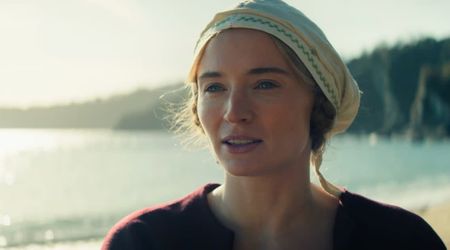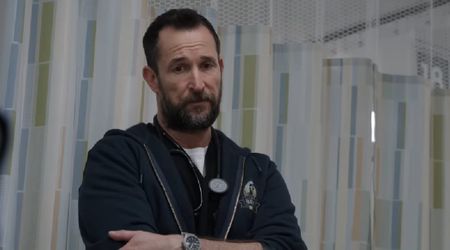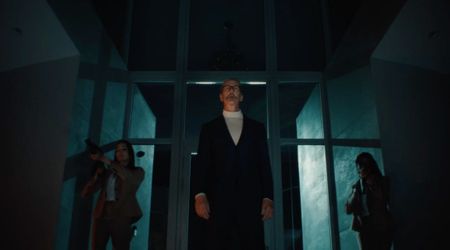'Under Paris': Is the Great Pacific Garbage Patch real? A deep dive into humanity's Texas-sized shame

PARIS, FRANCE: Netflix's latest action thriller film, 'Under Paris', has captivated audiences with its thrilling plot and stunning underwater sequences.
The film narrates the exhilarating tale of Sophia (Bérénice Bejo), a marine researcher who is forced to face her traumatic past to prevent a catastrophic series of shark attacks in Paris.
While conducting crucial research in the Great Pacific Garbage Patch, Sophia experiences a devastating tragedy. A brutal shark attack leads to the death of her husband and some of her team members. Three years later, Sophia learns that the same shark, which her team had named Lilith, has made its way into the River Seine in the center of Paris.
The premise of 'Under Paris' is truly captivating, blending the allure of marine biology with the thrilling suspense of a high-stakes adventure. However, the real question is: Is the Great Pacific Garbage Patch real?
Everything you need to know about the Great Pacific Garbage Patch

The Great Pacific Garbage Patch (GPGP) is real; it's a vast accumulation of marine debris located in the central North Pacific Ocean. It is primarily composed of microplastics, plastic debris, and other floating trash.
The location of the Great Pacific Garbage Patch is intriguing. According to National Geographic Society, it spans waters from the West Coast of North America to Japan. The Great Pacific Garbage Patch consists of two main parts: the Western Garbage Patch, which is near Japan, and the Eastern Garbage Patch, situated between the US states of Hawaii and California.
The Western and Eastern Garbage Patches are connected by the North Pacific Subtropical Convergence Zone, which is situated a few hundred kilometers north of Hawaii. This convergence zone is where warm water from the South Pacific merges with cooler water from the Arctic. Functioning as a thoroughfare, it enables the transfer of debris between the two patches.
It is formed by the North Pacific Subtropical Gyre, a system of ocean currents that circulate in a clockwise pattern. The debris in the Great Pacific Garbage Patch is mostly composed of microplastics, which are tiny plastic particles that result from the breakdown of larger plastic items.
The ocean currents trap floating debris, leading to the accumulation of plastic and other waste materials in this specific region.
According to BBC, in 1997, while on a sailing expedition from Hawaii to California, Captain Charles Moore made a remarkable observation: a continuous flow of plastic debris floating in the ocean. What started as a casual observation soon turned into a groundbreaking discovery. Captain Moore had stumbled upon what would later be known as the Great Pacific Garbage Patch.
According to researchers, the patch covers an area of approximately 1.6 million square kilometers. Hence, the Great Pacific Garbage Patch is estimated to be approximately twice the size of Texas.
Why is the Great Pacific Garbage Patch called a 'vortex of plastic waste'?

The Great Pacific Garbage Patch is often called a 'vortex of plastic waste' because of the way ocean currents trap and concentrate marine debris, predominantly plastics, in this region.
Plastics has accumulated due to the interaction of ocean currents. They enter the ocean through various pathways, including littering, improper waste disposal, runoff from landfills, and industrial activities.
The debris is caught in a circular motion, creating a vortex-like effect that further concentrates the waste. It causes plastic to accumulate in high concentrations.
Over time, the plastics in the Great Pacific Garbage Patch break down into smaller fragments known as microplastics, which pose a serious threat to marine life. Marine animals, such as fish and turtles, often mistake plastic debris for food, leading to death.
These microplastics are so small that they're almost invisible, but when they gather together in huge numbers, they can make the water look cloudy and polluted.
These microplastics are mixed with other types of marine debris, including fishing nets, plastic bottles, and various consumer goods. These larger items add to the mess and dangerous to marine life.
How to stream 'Under Paris'?

'Under Paris' is exclusively available for streaming on Netflix. One needs Netflix subscription to watch this captivating series.
The standard plan with ads is priced at $6.99/month. The standard plan without ads is priced at $15.49/month, while the Premium plan costs $22.99/month.
'Under Paris' trailer










